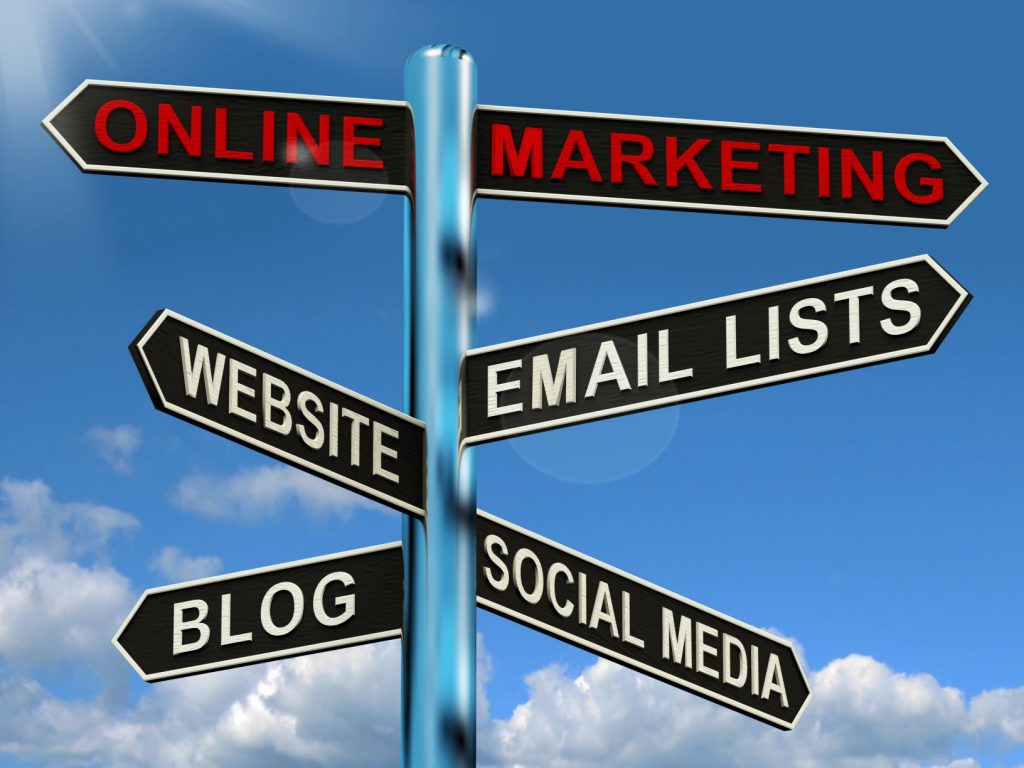Two hundred years ago it was enough for a professional to literally ‘hang out their shingle’ to let everyone know they were open for business. A piece of roof tile with some markings on it did the trick then. Nowadays it takes more effort, and it’s more sophisticated. The sentiment is the same, however. You have to let the right people know you’re ready to provide services. Even more importantly, you have to deliver the right message in the right way.
Marketing strategy is the most effective way to reach your customers, advertise your products and introduce your business to the market itself. Effective marketing isn’t optional to run a business; it’s absolutely a requirement. You need a detailed plan and the energy to follow through on a fully developed campaign. The list below lays out a series of steps designed to help any business market itself effectively. As with most business matters, it’s not a magic bullet, but it is a precise shot to develop a marketing strategy that gets you results.
Seven Ideas For Effective Marketing
1). Know Your Market
A marketing strategy is useless if you’re not talking to the right people. Most businesses know their product. They’re aware of how their goods are made, how they should be stored and how long they last. That’s a good start, but it’s not nearly enough for effective marketing. If you know everything about your product but aren’t able to tell customers about it, then what’s the point? Knowing your customers’ demographics, their tastes and their values is the best way to know what products and services they want. Likewise you must get to know the marketing environment. Are you selling in the right time and place? Do people know who you are? Do you know where you’re most likely to run into your customers? Answering these questions reveals who you must reach. You’ll know your customers’ behavior and how best to market to them.
2). Use The Marketing Tools You Need

There’s no right or wrong way to market. There’s only effective or ineffective. If the best way to reach your customers is social media, you must use it. If your customers respond better to direct mail, you should go that route. Maybe there’s a marketing tool that’s perfect, but it’s unavailable to you (cost and location are often factors). If there’s a good alternative but you’re not using it because it’s not trendy or hasn’t been tried before, those are terrible reasons. As long as your audience likes what they see, and it doesn’t reflect badly on you, there is no wrong way to market. Whether its email blasts, a Tic-Tok campaign or a TV ad, every venue has merit if it reaches your target audience.
3). Have A Concise ‘Elevator Pitch’
You must be able to tell your audience in sixty seconds or less who you are, what you have to offer, and why it’s important to them. You conclude by giving them a call to action (COA). This pitch should be effective whether you’re talking to customers, marketers, other business owners or your own employees. The elevator pitch is a brief but precise way to explain yourself. After its presented no one should be scratching their heads or questioning your intention. You should be able to give the pitch at a moments notice, and the only questions it should create are those seeking additional information.
4). Put Your Plan In Writing

You must write a formal presentation of your marketing plan. There must be a document where you lay out your entire strategy. This is both your blueprint and your road map. It also serves as everyone’s guide and instruction. Anyone should be able to read the plan and tell others about it. This written plan is the common reference you must all use. It describes your marketing tools, target audience, business associates and campaign strategies. The written plan is also where you make your official updates and revisions. Simply said, it is the document that makes sure you, and anyone who helps you, are literally on the same page.
5). Make Public Appearances

There’s nothing like getting out there and pressing the flesh. People want to see you talk about your business. Go to trade organizations to familiarize yourself with the competition and the mood of the market. Visit civic and service groups, especially the ones where your customers congregate. Don’t necessarily pigeon hole yourself by appearing to preference one group over another (unless that’s part of your strategy!). Public appearances are where you let your community know you care and are thinking about them. If you can, you should help your community solve problems. That way they see you and your business as valuing your relationship with them.
6). Team Up With Other Businesses

This is a great way to multiply resources. Choose businesses that aren’t direct competitors with you but who you have similar interests. A sporting venue might occasionally have the same goals as a taxi service. Bars and clubs could make use of that same ride company. All three businesses might find themselves better served by working together and sharing resources. When companies work this way, one set of resources can bring profits to all businesses. The benefits aren’t simply additive. If planned properly the return on investment is easily exponential.
7). Take Feedback With Blogs, Forums And Reviews
Finally, make sure you provide a mechanism for people to let you know what they think. Ideally, many participants should also be in contact with one another. Seeing what your customers think about your marketing strategy tells you whether or not it’s working. Are people buying from you because of your marketing plan or coming to you in spite of it? Do your employees think this is working, or do they have better ideas? What about other businesses? Does your marketing make them take notice? Whatever the answer, is their added attention a good thing? Answering these questions helps you refine your marketing and develop better strategies going forward. Don’t be afraid of the feedback. Even the negative comments have something to tell you.


